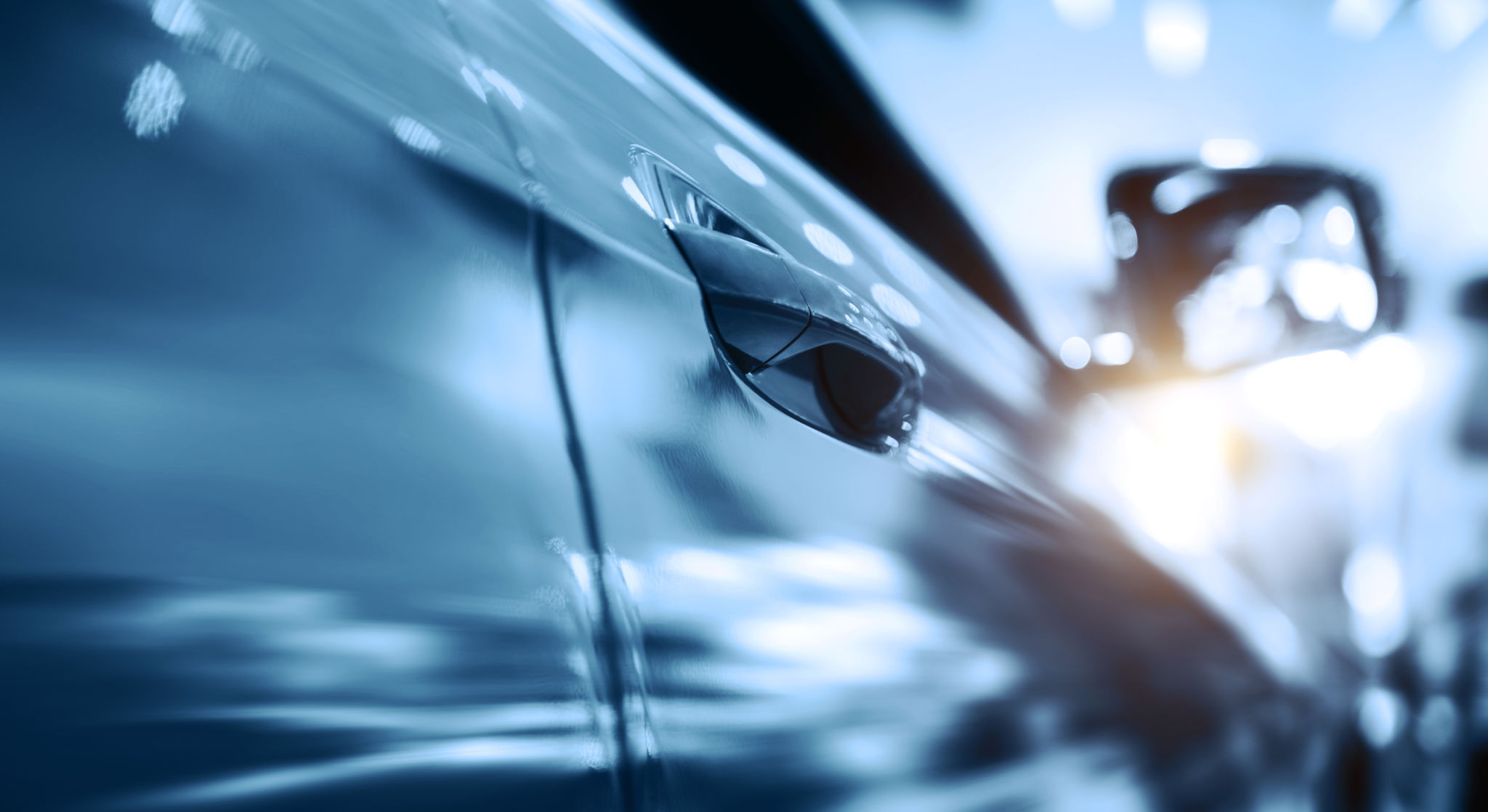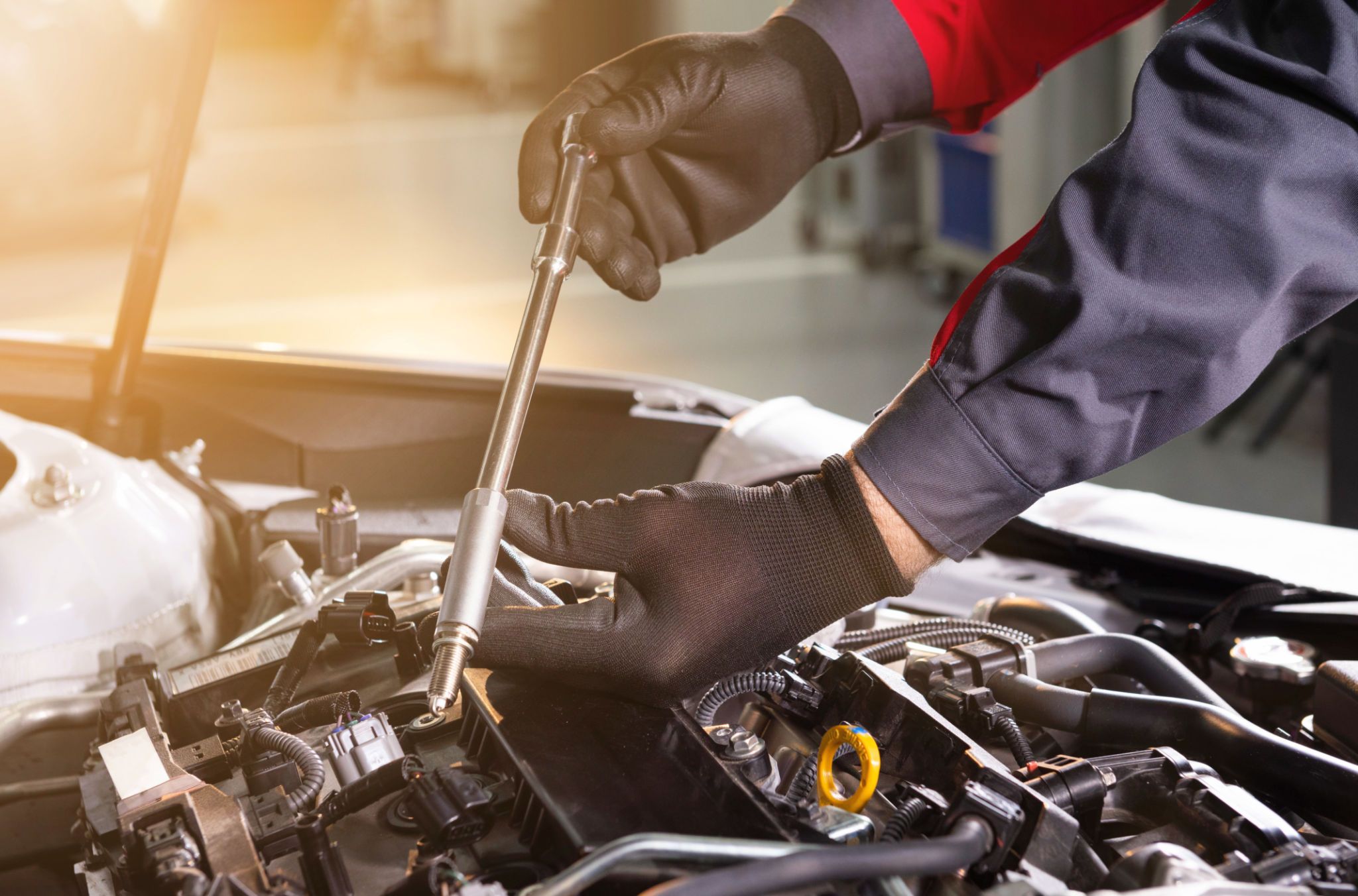The Process of Professional Paint Correction and Ceramic Coating
Understanding Paint Correction
Paint correction is a meticulous process that involves the removal of imperfections from a vehicle’s paintwork. These imperfections include swirl marks, scratches, oxidation, and other blemishes that can detract from the overall appearance of your car. This procedure is crucial for restoring the gloss and clarity of a vehicle’s paint, making it look like new again.
The process begins with a careful inspection of the paint surface to assess the level of damage. This step is essential for determining the appropriate techniques and products required for effective correction. Once the assessment is complete, the paint correction process can begin, typically involving a series of machine polishing steps using different grades of polish.

The Steps Involved in Paint Correction
Paint correction generally follows a structured series of steps to ensure optimal results. Here's a breakdown of the typical process:
- Washing and Decontamination: Before any correction can take place, the vehicle must be thoroughly washed and decontaminated to remove dirt, grime, and surface contaminants.
- Claying: A clay bar is used to remove bonded surface contaminants that washing alone cannot eliminate.
- Polishing: This step involves using machine polishers with various pads and compounds to remove surface imperfections. The goal is to create a smooth, defect-free finish.
- Inspection: After polishing, the paint is inspected under different lighting conditions to ensure all imperfections are removed.

The Importance of Ceramic Coating
Ceramic coating is a protective layer applied to the vehicle’s exterior post-paint correction. This coating acts as a shield against environmental hazards such as UV rays, chemical stains, and bird droppings. Its hydrophobic properties make it particularly effective at repelling water and dirt, keeping your car cleaner for longer periods.
One of the significant advantages of ceramic coating is its longevity. Unlike waxes and sealants that wear off over time, ceramic coatings can last for years with proper maintenance. This durability makes it a cost-effective solution for maintaining the aesthetics of your vehicle while reducing the need for frequent polishing and waxing.

The Application Process of Ceramic Coating
Applying ceramic coating is an intricate process that requires precision and expertise. Here’s what the procedure typically involves:
- Surface Preparation: The vehicle must be free from any contaminants or residues left from the paint correction process.
- Application: The coating is applied in small sections using specialized applicators to ensure even coverage.
- Curing: The coating needs time to cure properly, usually requiring several hours up to a few days, depending on the product used.
- Final Inspection: After curing, the vehicle is inspected to ensure the coating has bonded correctly and there are no high spots or missed areas.
Maintaining Your Vehicle Post-Procedure
Once your vehicle has undergone paint correction and ceramic coating, proper maintenance is key to preserving its appearance and protection. Regular washing with appropriate cleaning products can help maintain the hydrophobic properties of the coating.
Avoid using abrasive materials or harsh chemicals that could compromise the integrity of the coating. Instead, opt for gentle wash mitts and pH-balanced cleaners designed specifically for coated surfaces. By following these maintenance guidelines, you can enjoy a stunning, protected finish for years to come.
